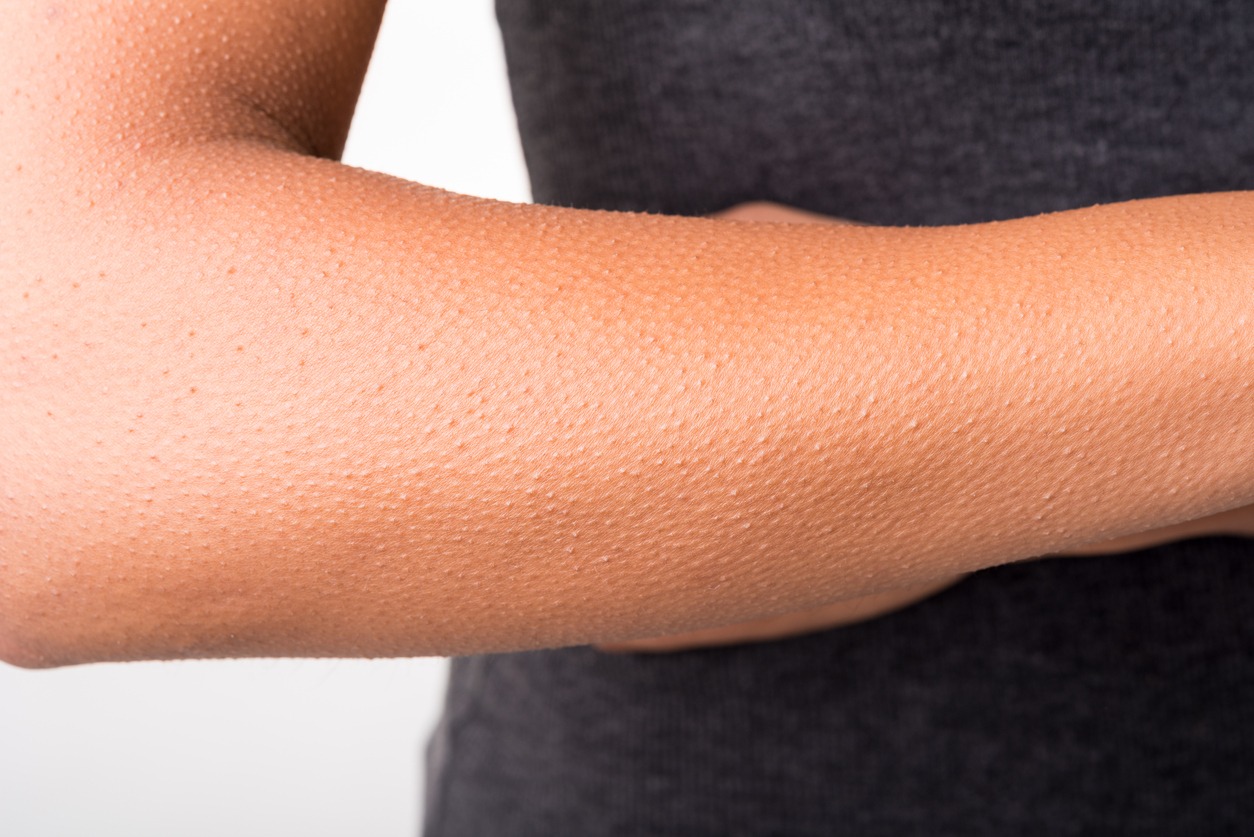The human body has a few unneeded organs. But believe it or not, they used to serve a specific function among our ancestors. These parts used to be essential for human survival, but they have now become useless. They are called “vestigial organs,” which have either atrophied or degenerated to the point that they no longer serve the function they used to.
According to Charles Darwin, these vestiges of anatomy in humans and animals are evidence of evolution. Biologists have noted how vestigial organs in one species were similar to functioning organs in other species and further concluded that these two entirely different creatures must have shared a common ancestor.
Some of them can be removed by surgery, but most of the time, most of these useless organs do not (thus far) affect the human’s quality of life.
Appendix
The appendix is probably the most widely known vestigial organ in the contemporary human body. It’s a small pouch-like tube of tissue attached to the large intestine where the small and large intestines connect.
In the human body, the appendix no longer aids in digestion. By comparison, in herbivore animals, the appendix is much larger and plays an active part in the digestive system. It primarily aids in the breakdown of cellulose in consumed plants.
Our ancestors used to eat a lot of plants, and their appendices were probably much bigger than the appendices in the human body today. As our diets have changed over time, the role of our appendix in aiding digestion has declined, leaving speculations regarding what purpose it has now. A 2009 study suggested that the appendix might be useful, functioning as an important storehouse for good bacteria. This way, when the gut is affected by ailments, such as diarrhea, the good bacteria can repopulate the digestive system, keeping you healthy.
Tailbone
In many creatures, the tail can serve numerous beneficial functions, mainly balance and communication. In the case of some primates, the tail is even prehensile.
Our ancestors used to have a tail to help them balance their gait. But as humans gradually learned to walk upright, the tail became useless, and evolution turned it into a mere fused vertebra called the coccyx.
Male nipple
You may be surprised once you learn about the existence of the male nipples. All fetuses initially develop as females, but testosterone causes the formation of the male sex organs later on. Before the testosterone kicks in, however, nipples have already begun to develop. It’s worth noting that some men can lactate and even suffer from breast cancer.
Wisdom tooth
Wisdom teeth are also vestigial parts of the human body. If you are having problems, you can use a wisdom teeth removal St George Utah service. They serve no useful function and even bring pain to some people. Scientists figure that wisdom teeth once served a purpose. But as our diets have shifted toward cooked grains and soft foods, our jaws have become smaller. Therefore, our wisdom teeth have nowhere to grow. Given that humans eat softer foods now and they use their molars for grinding, they don’t need wisdom teeth any longer.
Arrector pili
The term “arrector pili” may sound alien to you, but they cause what is known as goosebumps. Arrector pili are muscle fibers that produce goosebumps when they contract.
Goose bumps aren’t only to alert you of cold. And in several creatures, fear or confrontation causes these muscle fibers to activate, forcing their hair or fur to stand up, making the animal look bigger and more threatening. Our distant ancestors had a lot of body hair and used these fibers to such an advantage, in addition to insulation from the cold.
Plica semilunaris
Plica semilunaris, or the third eyelid, is a fold of tissue found on the inside corner of the eye, right by the tear duct.
In humans, the plica semilunaris is a leftover of what is called a nictitating membrane, which is still present in some animals, fish, and reptiles, which use it to protect their eyes.
Tonsils
The tonsils are another useless organ that has been a subject of debate regarding their beneficial function. It has been deduced that tonsils serve as the first line of defense against pathogens that may be inhaled or ingested.
But just like the appendix, the tonsils are also prone to swelling and infection, and more severe health complications can arise if left untreated.
Palmaris longus
The palmaris longus is a muscle that runs from the wrist to the elbow. Around 10% of humans do not have it and it is more common in males than in females.
The palmaris longus is a vestigial muscle. Researchers deduce that early humans used this muscle to help them climb trees and, most likely, grip things. But as humans started walking on two feet over three million years ago, these muscles became useless.
Auricular muscles
Auricular muscles control the visible part of the ear, but humans are now unable to use them.
In many mammals, these muscles help them localize sound and express emotion. Cats, for example, move their ears to hear better. But researchers argue that since we have flexible necks, we don’t need to move our ears toward sounds. Some people can wiggle their ears, but that’s the best that we can do.
